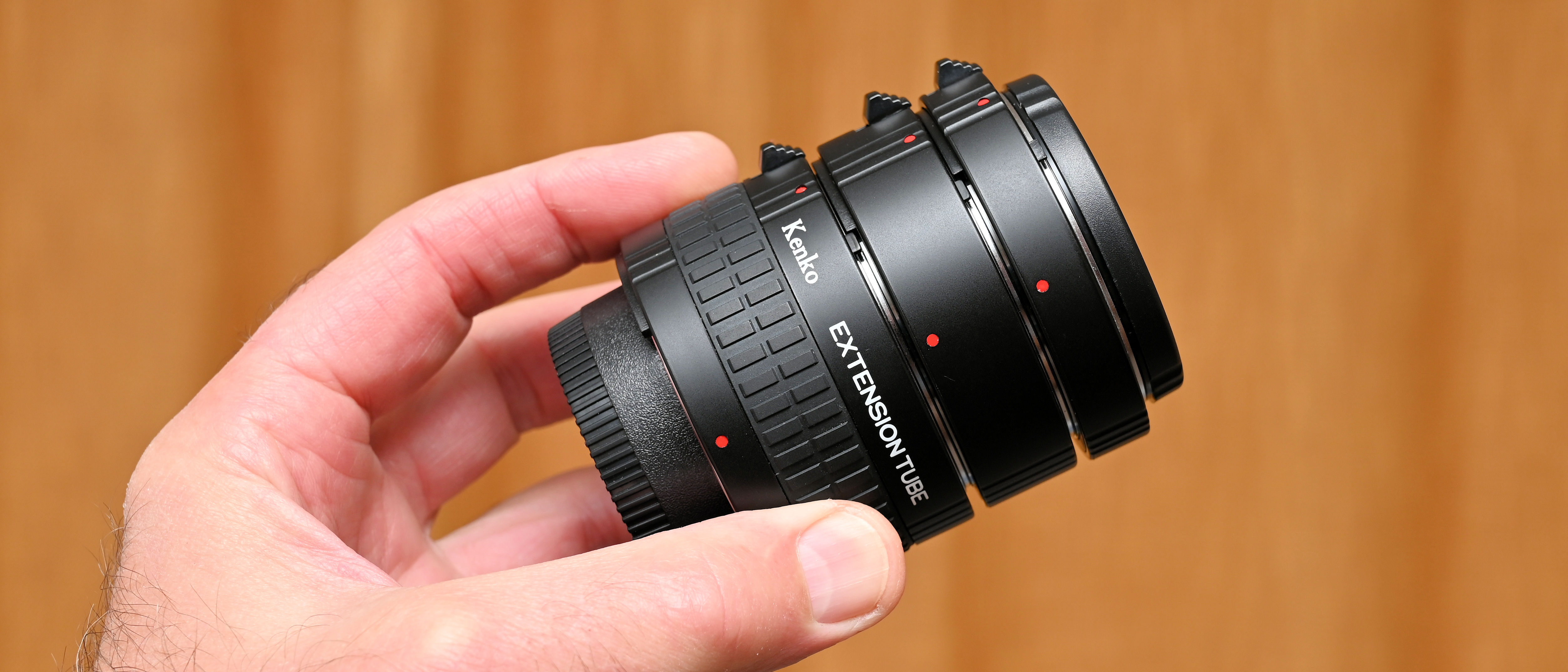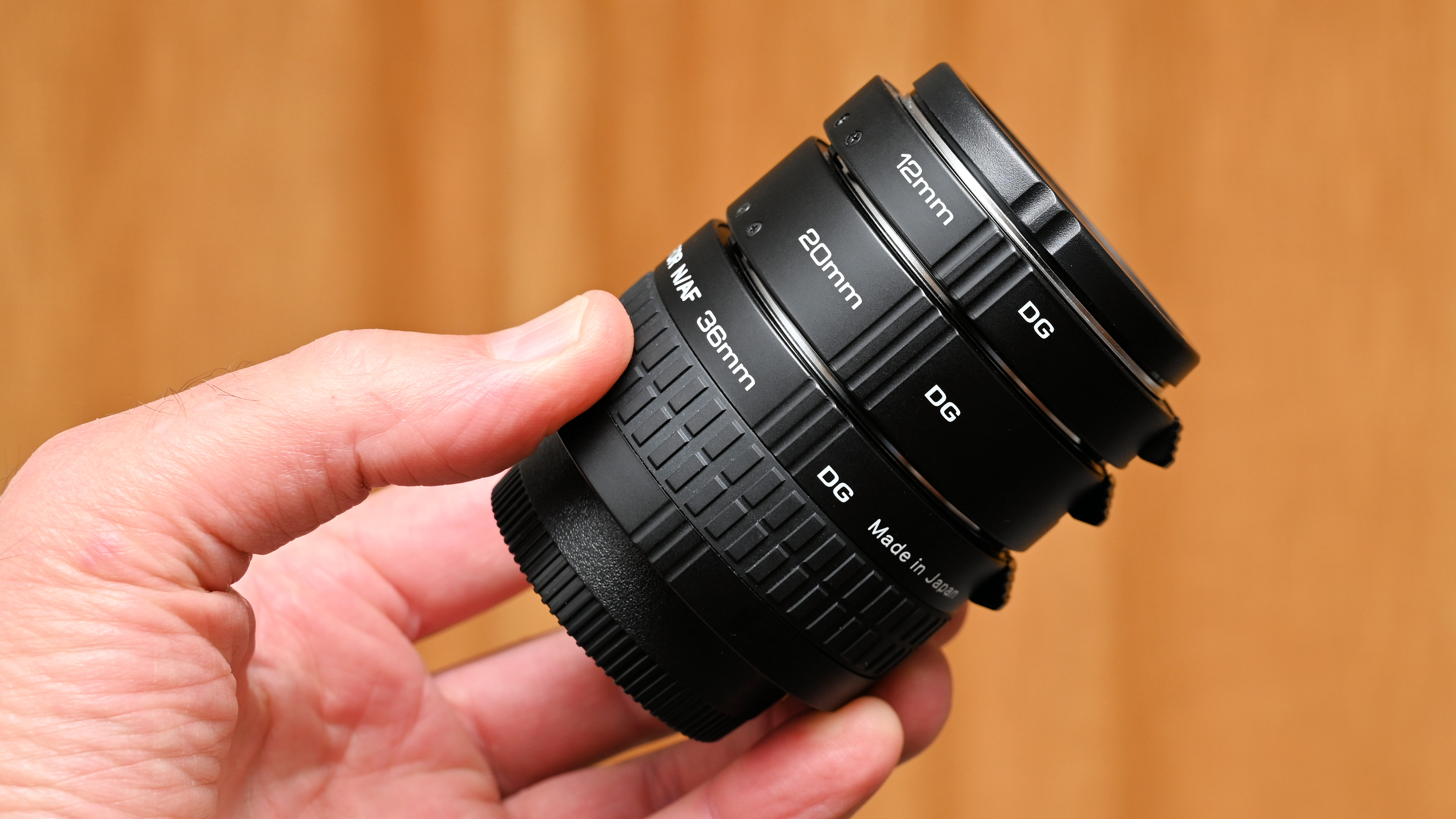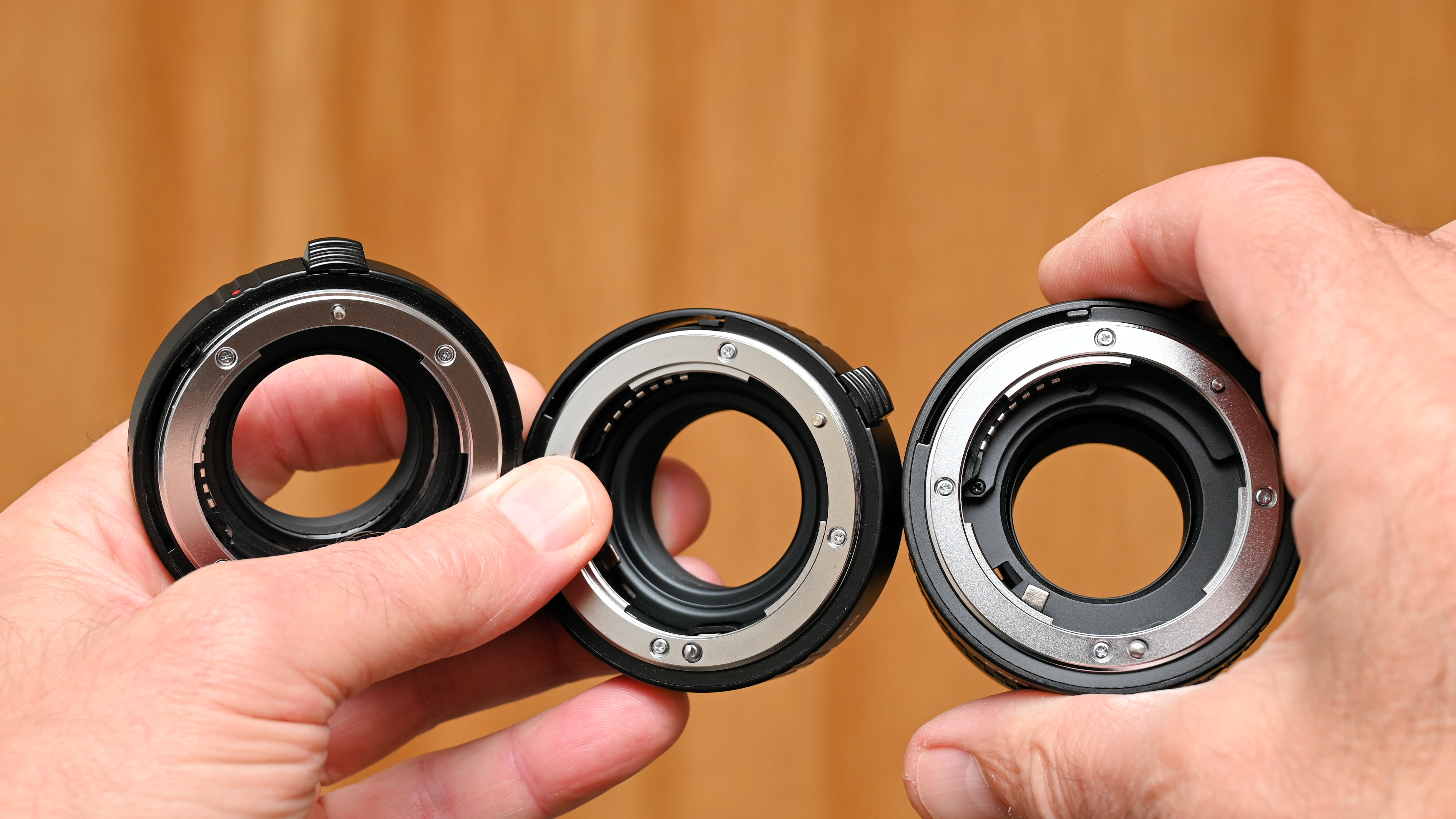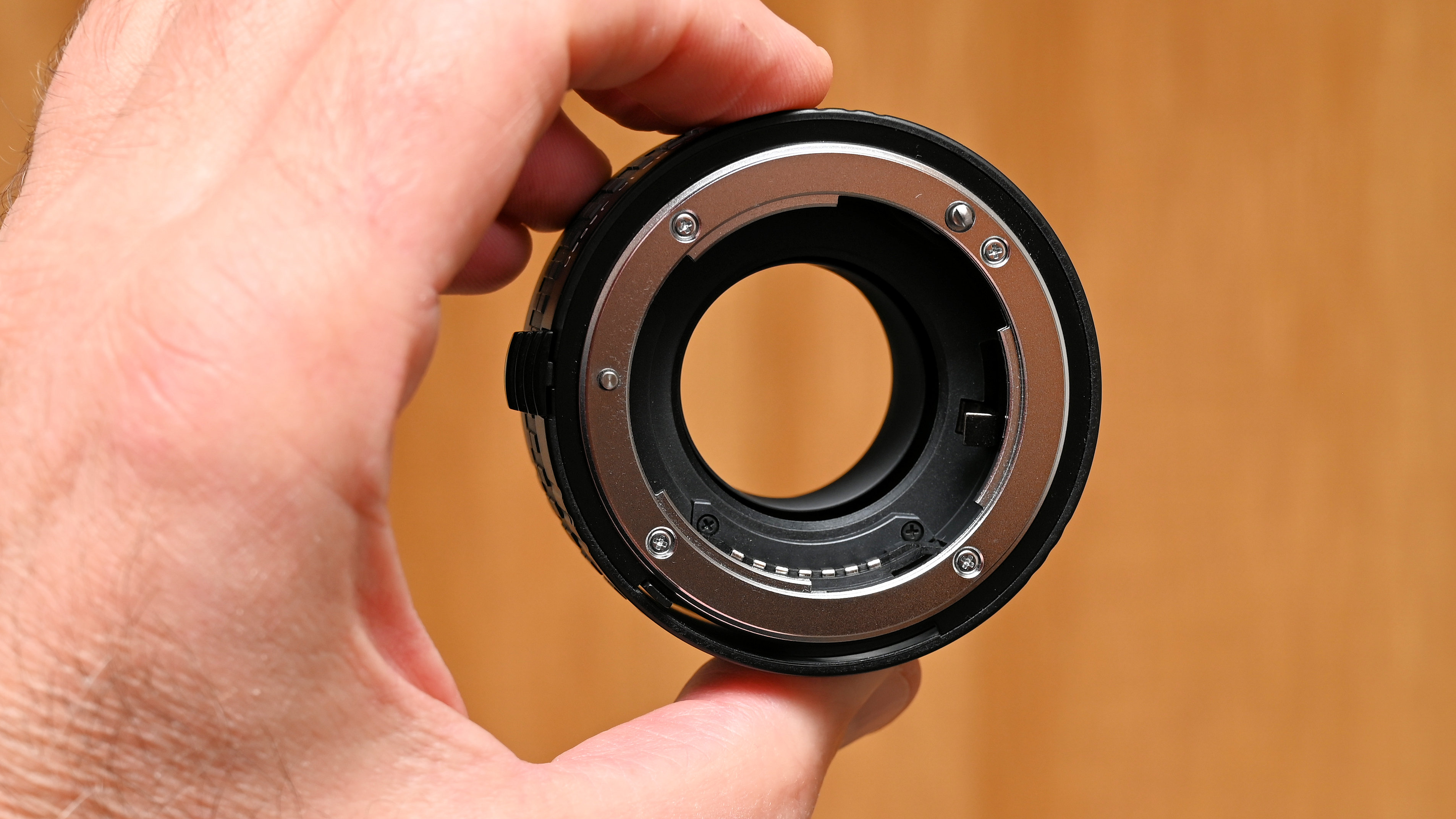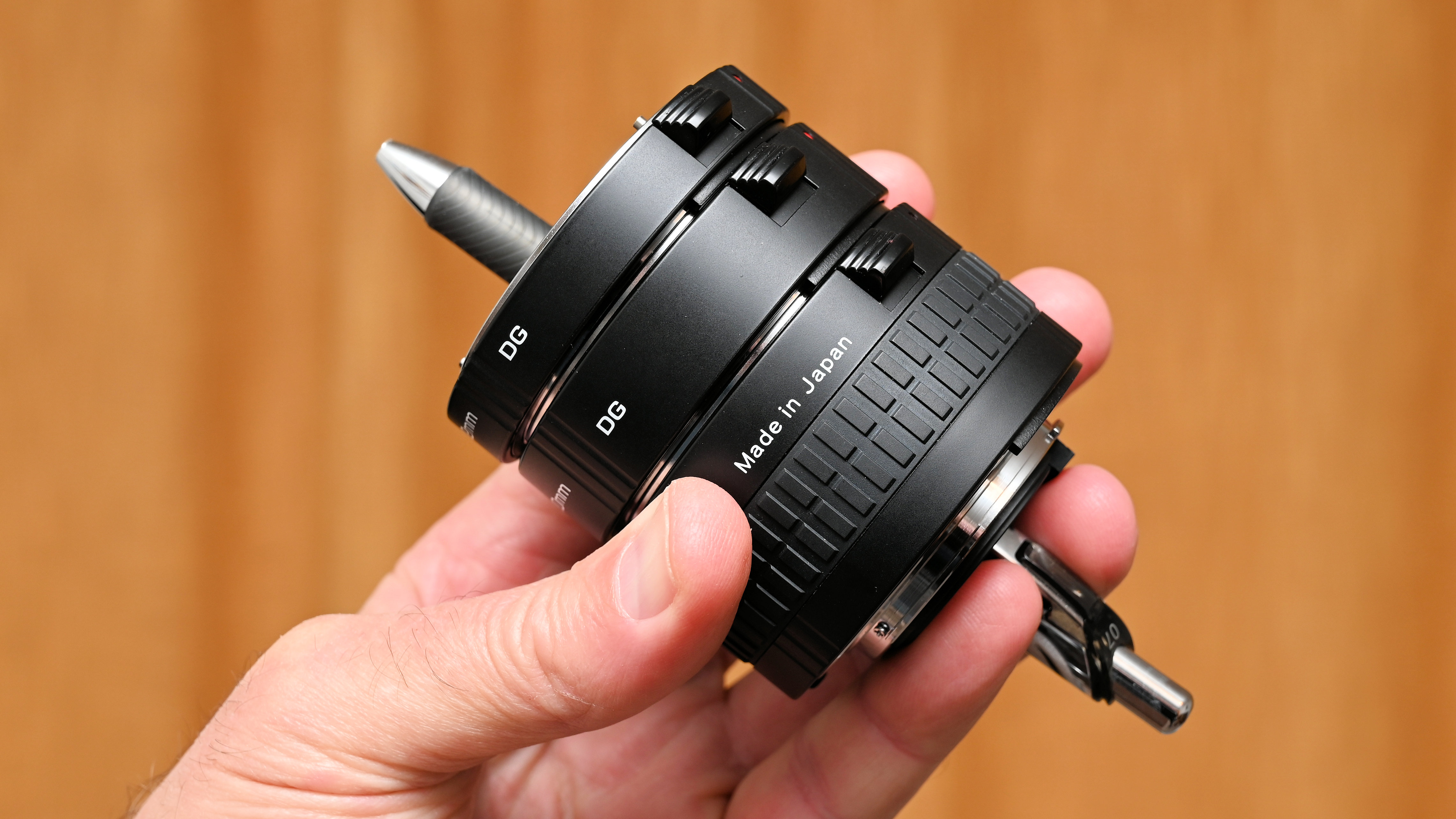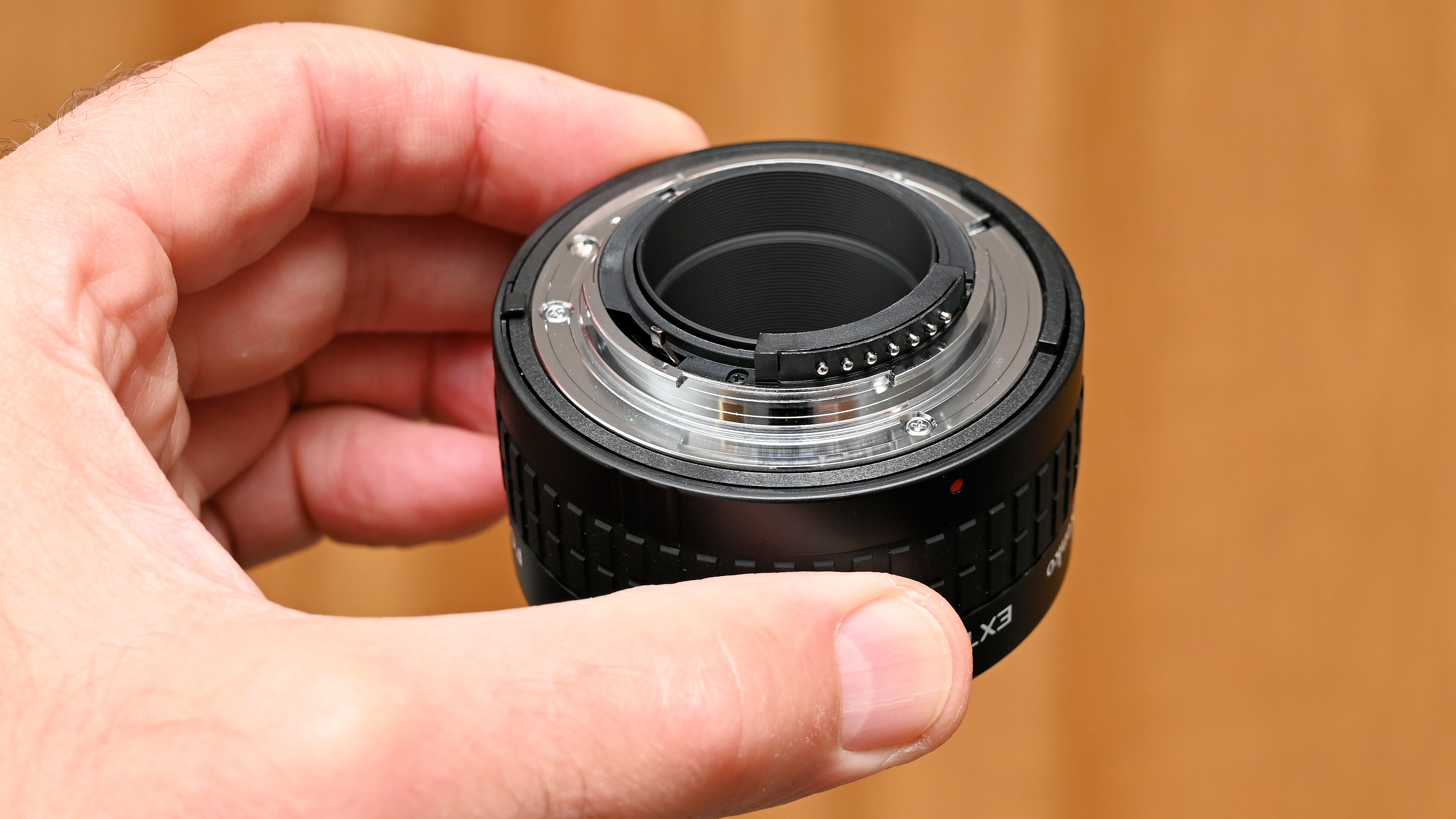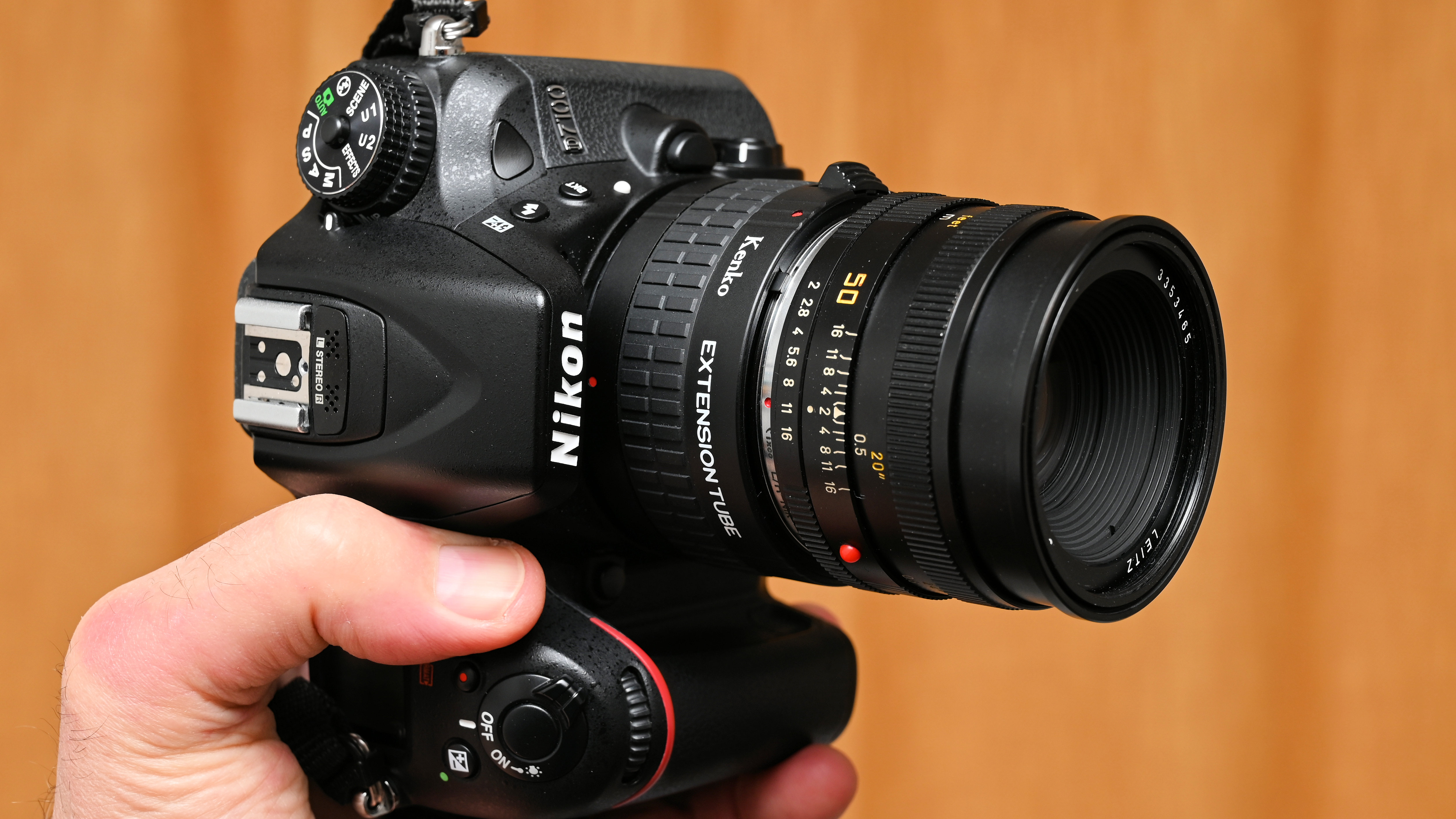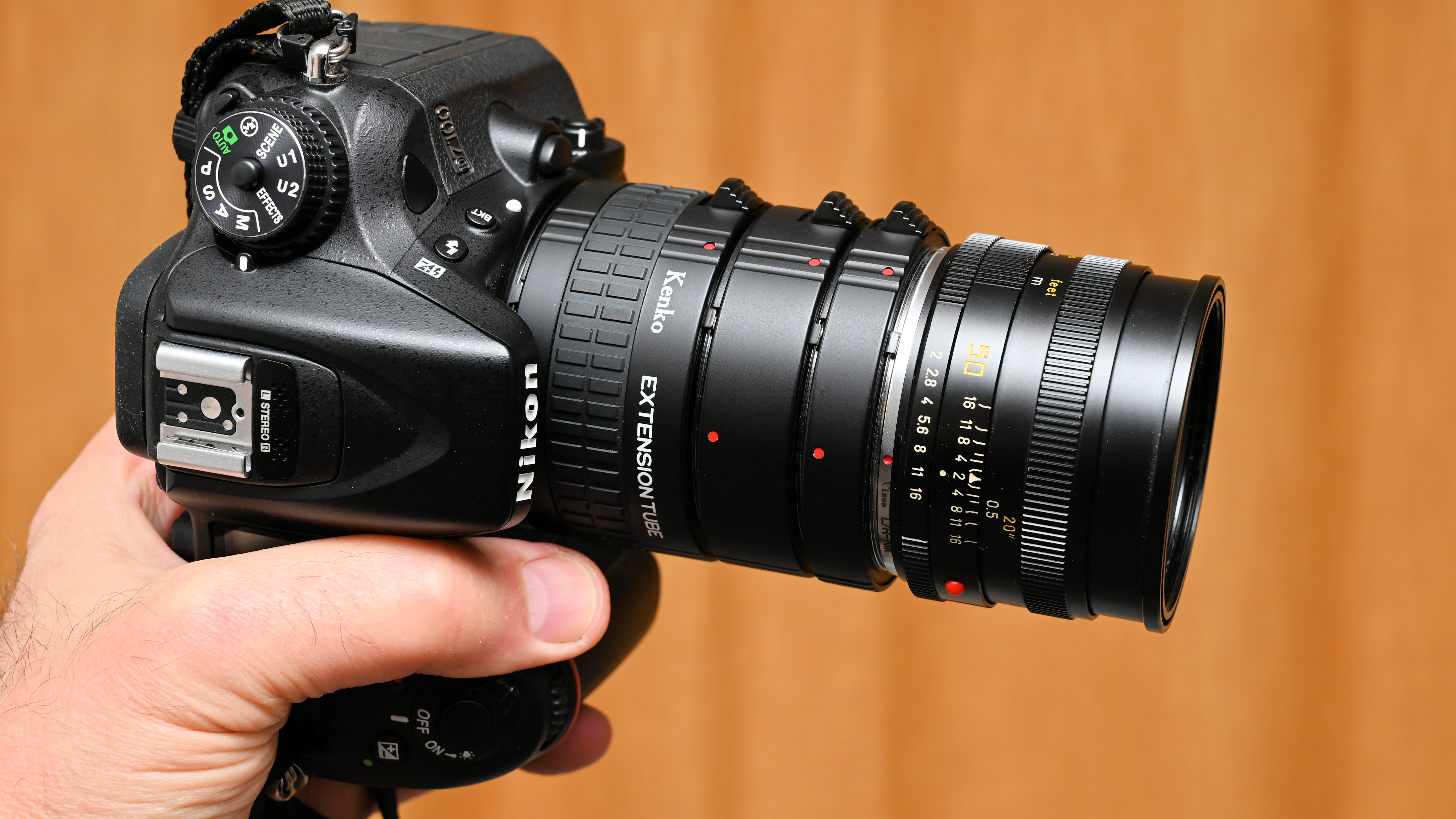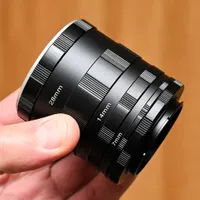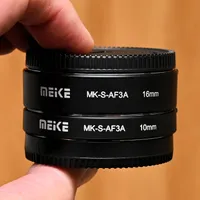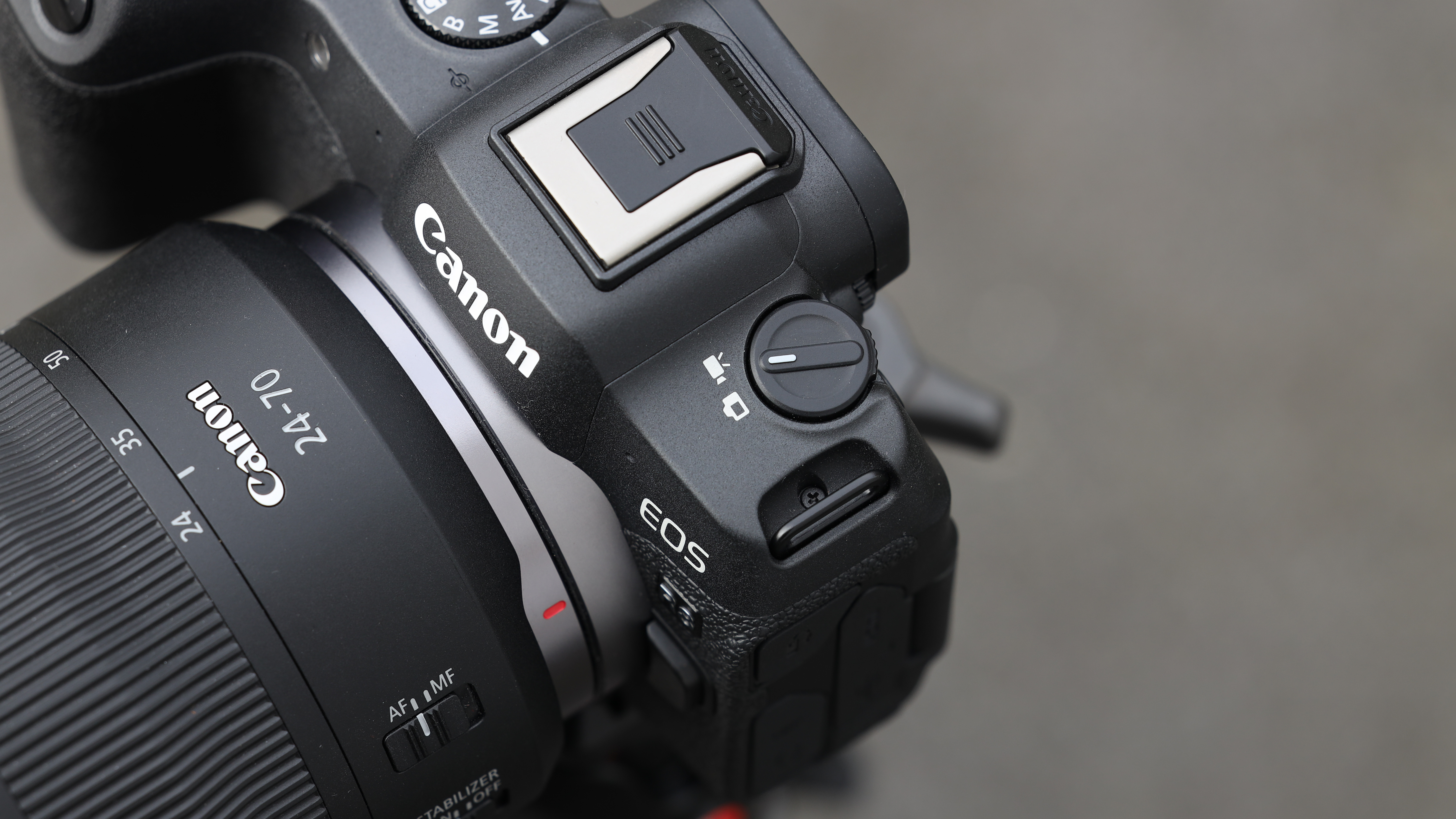Digital Camera World Verdict
I like the look and feel of the Kenko Auto Extension Tube Set DG. The three included tubes are chunky and well made, and feature full electronics linkage to pass data between the camera body and lens. As usual, you can use them individually or join them together for greater magnification, but the latter makes them trickier to use.
Pros
- +
Solid build quality
- +
Integral mounts on each tube
- +
Full camera/lens communication
Cons
- -
Comparatively pricey
- -
More fiddly than a macro lens
Why you can trust Digital Camera World
Kenko has a rich photographic history dating back to 1957, more recently merging to become the Kenko Tokina brand in 2011. The current product range is nothing if not diverse, including digital cameras, lenses, filters, tele-converters, mount adapters, binoculars, spotting optics, astronomic telescopes and tracking platforms, and even life support products. I could go on.
For this review, I’m turning my attention to Kenko’s extension tubes. These include dual tube kits for Canon EOS R system cameras and Micro Four Thirds cameras, but the kit I’ve chosen is the triple tube Kenko Auto Extension Tube Set DG for Canon EF and Nikon F mount DSLRs. I’m using the Nikon edition but both versions aim to be among the best extension tube sets on the market.
Kenko Auto Extension Tube Set DG: Specifications
Lens mount | Canon EF |
Tube lengths | 12/20/36mm |
Electronic contacts | Yes |
Mount material | Metal |
Kenko Auto Extension Tube Set DG: Price
Some extension tube sets on the market cost as little as $13 / £15 / AU$39, but they tend to lack any electronics linkage so everything is manual and you can’t use lenses that rely on electrical power for adjusting the aperture or manual focusing. That actually takes most modern lenses out of the equation. However, shop around and you can find ‘automatic’ extension tube sets with full electronics linkage between the camera body and lens for around $35 / £35 / AU$60 to $55 / £50 / AU$75, at least for dual tube kits. That makes the Kenko kit look a bit pricey at around $119 / £119 / AU$290, even if it does contain three electronically equipped tubes rather than two. Let’s see if it’s worth the extra.
Kenko Auto Extension Tube Set DG: Design & Handling
Some of the cheapest macro extension tube sets on the market have relatively simple tubes, or rings, that screw together. That’s all well and good if you want to use multiple tubes simultaneously for even greater magnification, but it’s ultimately rather a pain. That’s because there’s only one camera mount ring and one lens mount ring in the set, and you have to remove them from any of tubes and refit them to a different tube every time you want to make the swap. They also lack any electronic linkage, so your camera body doesn’t even know there’s a lens attached to it. Shooting can become a bit of a workaround, and maybe even a complete chore.
This Kenko set of ‘auto’ extension tubes is much more refined. Each and every one of the three separate tubes has a proper camera mounting plate at the back and a lens mounting receptacle at the front. A full set of electronic contacts at both ends is joined together by all the necessary wiring to enable full communication between the host camera body and the lens, no matter whether you’re using one, two or three of the tubes simultaneously. And the fact that each tube has proper camera/lens mounts at either end also makes them much quicker and easier to separate or join together.
As well as electronic connections, the Nikon version of the set that I’m testing also includes mechanical linkages for both helical drive focusing from a camera body and the lever that sets the aperture of older-style F-mount lenses. More modern Nikon AF-S and AF-P lenses have internal autofocus motors and don’t require the helical drive, and some of the most recent F-mount ‘E’ class lenses also have an electromagnetically controlled aperture diaphragm, so don’t need either of these pass-through mechanical linkages. However, their inclusion ensures the widest degree of compatibility with the back catalog of F-mount lenses. Mechanical links are not required in the Canon EF version of the kit, as the EOS system used electronic coupling for both autofocus and aperture control, right from the get-go.
As far as optical elements are concerned, there simply aren’t any. Like other extension tubes, the entire purpose of this Kenko set is to add extra space between the lens and the camera body. This dramatically reduces the native minimum focus distance of the lens, so it enables much more extreme close-ups, delivering much greater magnification as a result.
The best camera deals, reviews, product advice, and unmissable photography news, direct to your inbox!
When it comes to shooting extreme close-ups, the Kenko kit is much less expensive than a specialist macro lens, but extension tubes do have shortcomings. The vast majority of modern macro lenses can focus from very close range all the way to infinity. This makes them equally viable for portraiture and general shooting. By contrast, once you attach an extension tube to a regular lens, it can only focus at very short distances and no further. The electronics pass-through of the Kenko kit theoretically enables autofocus but I’ll come to that in the ‘performance’ section below.
The actual tubes included in the set comprise three different lengths of 12mm, 20mm and 36mm. As I’ve mentioned, you can also join them together, using them in pairs or all three at once. This gives a more extensive range of seven alternative lengths, adding 32mm, 48mm, 56mm and 68mm into the mix. Naturally, the longer the physical length of the tube or combined tubes, the shorter the focus distance and the greater the resulting magnification. Let’s see how it works out in practice.
Kenko Auto Extension Tube Set DG: Performance
Kenko rightly says that the extension tubes can be used with prime or zoom lenses, and that a standard to short telephoto focal length works best. You can suffer vignetting when using wide-angle lenses, and magnification power is reduced when using long telephoto lenses. Ultimately, a focal length of 50mm to 100mm is ideal. However, it’s not the whole story. Using the longest 36mm extension with my Nikon AF-S 18-105mm VR lens, I found that the front of the lens was so close to the subject, it was pretty much unusable. Going beyond 36mm by coupling two or three tubes was simply impossible, as I couldn’t achieve focus at all. It was less of an issue when using my AF-S 18-55mm lens, and I had no problems using all three rings together with my Leitz 50mm lens.
With greater lengths of one or more extension tubes, shooting becomes more of a challenge. Depth of field becomes miniscule, so hyper-accurate focusing is crucial. As I’ve mentioned, autofocus is theoretically compatible but didn’t work with sufficient accuracy throughout my testing. You’ll generally find that you’re better off switching to manual focus mode and leaving the focus control ring at its shortest setting, then moving the actual camera or subject by very small amounts to achieve accurate focusing. A macro rail like the NiSi NM-200s Macro Focusing Rail can make life a whole lot easier.
Using a typical 50mm standard lens with a minimum focus distance of 0.5m, you can expect a rise of magnification factor from about 0.1x with no extension tube, to around 0.35x, 0.5x and 0.83x using the 12mm, 20mm and 36mm extension tubes separately and respectively. Use all three extension tubes together and you’ll bump up the magnification to nearly 1.5x. However, the amount of light transmitted from the lens to the camera becomes progressively less. The exposure factor shrinks by a factor of 1.5x using just the 12mm extension tube, to as much as 6.1x using all three tubes together.




The gallery of images above contains example shots of colored pencils on a sheet of white paper. For the first shot in the sequence, I used my Nikon D7100 camera and Leitz 50mm lens at its minimum focus distance for maximum magnification, without using an extension tube. Successive shots in the gallery are based on the addition of the 12mm, 20mm and 36mm extension tubes respectively, each one used on its own. You can see for yourself how much greater the magnification becomes in each case.
People often say that extension tubes have no effect on the image quality of the native lens that you’re using. That’s true to some extent but there can be some degradation. Even though there are no additional optical elements to potentially spoil performance, general-purpose lenses aren’t typically designed to deliver optimum image quality at their shortest focus distance. Ultimately, using a general-purpose prime or zoom lens with extension tubes is likely to give inferior results, compared with using one of the best macro lenses.
Kenko Auto Extension Tube Set DG: Sample images
The following gallery of example images was shot with my Leitz 50mm prime lens (adapted for Nikon F mount) and the longest Kenko 36mm extension tube on its own. The subject matter includes a variety of very small objects, and even smaller sections thereof, including seeds gathered from my garden, a 1/32nd scale model racing car, a porcelain figurine, the head of a traditional Christmas ‘Nutcracker’ toy and a pair of toy soldiers. All of the subjects were lit with a pair of LED photographic lights.


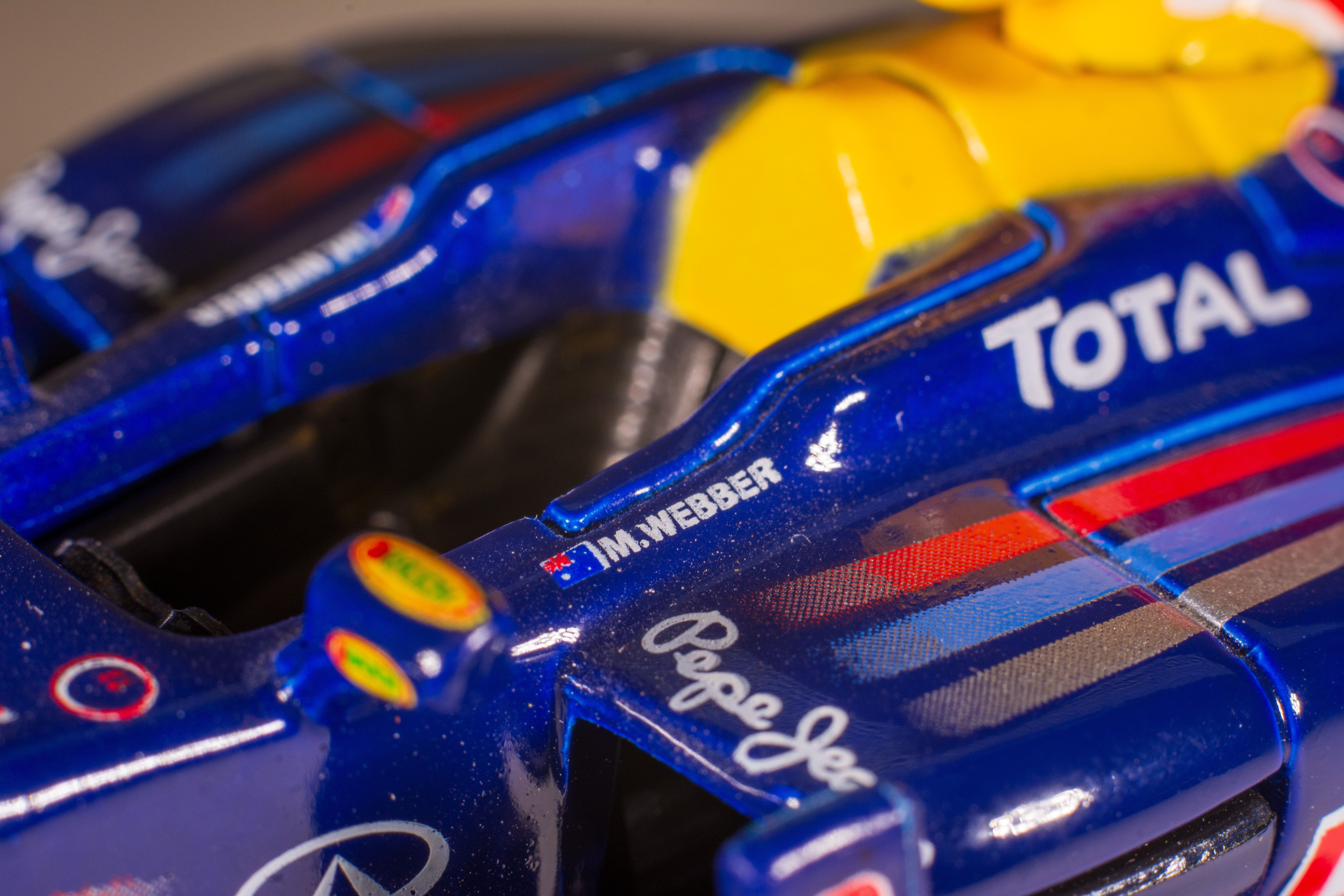
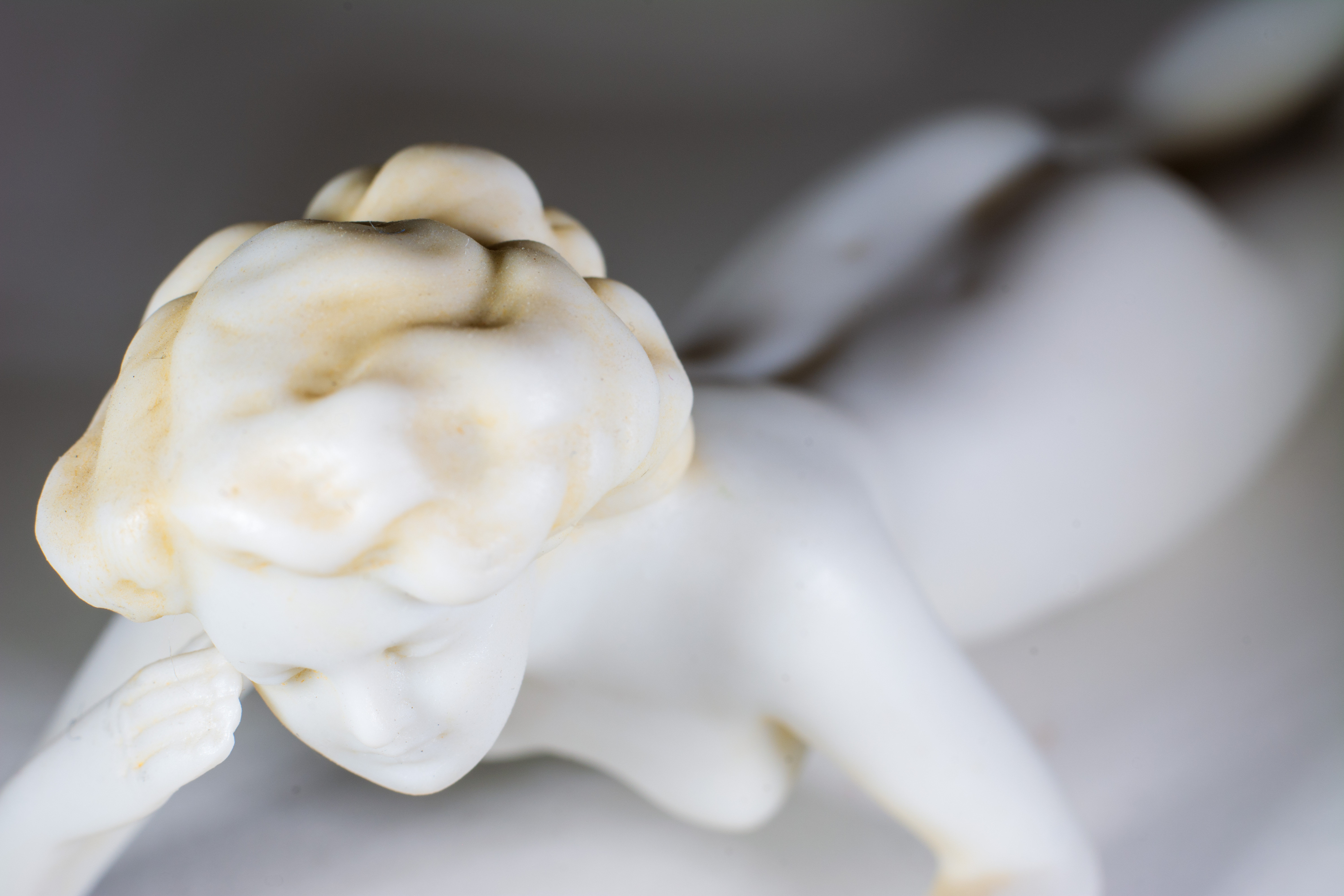


Kenko Auto Extension Tube Set DG: Verdict
I like the convenience of using the Kenko Auto Extension Tube Set DG, in as much as each of the three included extension tubes has its own camera and lens mounting plates. Unlike with some cheaper sets of tubes, this avoids the need to fiddle around swapping one pair of mounting plates between different tubes. The 12mm, 20mm and 36mm tubes give powerful magnification with a good range of alternatives when each one is used on its own, more still if and when you combine two or three tubes together. The electronic linkages, plus the mechanical linkages in the Nikon F-mount version, make the tubes easier to use, at least to some extent, as well as ensuring compatibility with the widest selection of lenses. Even so, manual focusing is generally required and due to the extremely tight depth of field at high magnifications when using extension tubes, it can be a challenge that requires patience, time and effort.
Features ★★★★☆ | Each individual extension tube in the set includes its own built-in camera mount at one end and lens mount at the other. |
Design ★★★★☆ | Good build quality features metal mounting plates throughout, plus electronics linkages and additional mechanical linkages for the Nikon F-mount version. |
Performance ★★★★☆ | Image quality can be very good, especially if you’re using the extension tubes with a high-quality prime lens, but a ‘proper’ macro lens is generally better. |
Value ★★★☆☆ | Even taking into account that the Kenko kit is based on three tubes with electronic pass-through, it’s comparatively pricey. |
Alternatives
The Fotodiox Macro Extension Tube Set is available in a wide range of Canon EF, Fujifilm X, MFT, Nikon F, Sony A and Sony E mount options. It has three tubes with lengths of 7mm, 14mm and 28mm but no electronics connections. As such, it can only be used in fully manual mode, with lenses that feature mechanical control rings for aperture and focusing.
The Meike MK Extension Tube Set is designed for mirrorless cameras and is available in various mount options including Canon RF, Nikon Z, Sony E, L-mount. The set only comprises two rather than three tubes, and the lengths are different depending on the mount version. Each tube has full electronics connectors and a camera and lens mount at opposite ends.
Matthew Richards is a photographer and journalist who has spent years using and reviewing all manner of photo gear. He is Digital Camera World's principal lens reviewer – and has tested more primes and zooms than most people have had hot dinners!
His expertise with equipment doesn’t end there, though. He is also an encyclopedia when it comes to all manner of cameras, camera holsters and bags, flashguns, tripods and heads, printers, papers and inks, and just about anything imaging-related.
In an earlier life he was a broadcast engineer at the BBC, as well as a former editor of PC Guide.
You must confirm your public display name before commenting
Please logout and then login again, you will then be prompted to enter your display name.
